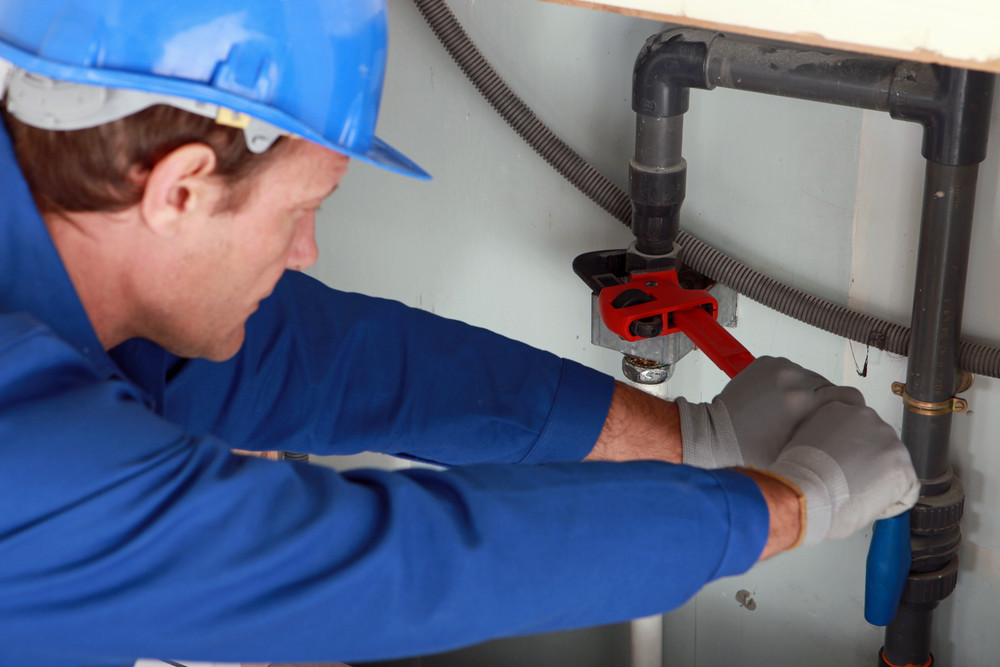
For any business, maintenance is essential to the running of the company, ensuring not only a fully functioning facility but also the health and safety of staff and customers. But, with different levels of maintenance on offer, we thought we would delve into one of the possible maintenance approaches – reactive maintenance.
Reactive maintenance is quite literally the process of reacting to a maintenance situation. E.g. if your heating system breaks down, then you call the appropriate repair person to come and fix the problem. This varies from the other main type of maintenance, preventative maintenance.
Whilst reactive maintenance is often seen as the lesser of the two approaches, successful facilities management relies not only on taking steps to prevent issues from occurring, but also on being able to address any unpredictable situations that will inevitably occur. That is exactly where reactive maintenance comes in.
Often, the issue with reactive maintenance is sourcing the correct professional for the problem that has arisen. Doing this in a timely manner, whilst also needing to manage the day-to-day running of your business, can lead to problems going unresolved or not being dealt with quickly enough.
At MSL we have a comprehensive reactive maintenance package which includes; a 24/7 help desk (so you only need to remember one number in an emergency), your own helpdesk co-ordinator, a database of skilled tradespeople and an online reporting system.
Contact MSL
Call us today on 0333 1234450 or fill out the form on our contact page and we will get back to you.
Contact Us